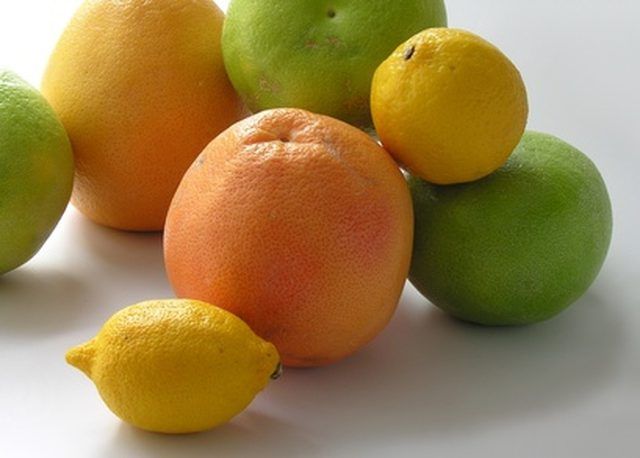Bulbs
Flower Basics
Flower Beds & Specialty Gardens
Flower Garden
Garden Furniture
Garden Gnomes
Garden Seeds
Garden Sheds
Garden Statues
Garden Tools & Supplies
Gardening Basics
Green & Organic
Groundcovers & Vines
Growing Annuals
Growing Basil
Growing Beans
Growing Berries
Growing Blueberries
Growing Cactus
Growing Corn
Growing Cotton
Growing Edibles
Growing Flowers
Growing Garlic
Growing Grapes
Growing Grass
Growing Herbs
Growing Jasmine
Growing Mint
Growing Mushrooms
Orchids
Growing Peanuts
Growing Perennials
Growing Plants
Growing Rosemary
Growing Roses
Growing Strawberries
Growing Sunflowers
Growing Thyme
Growing Tomatoes
Growing Tulips
Growing Vegetables
Herb Basics
Herb Garden
Indoor Growing
Landscaping Basics
Landscaping Patios
Landscaping Plants
Landscaping Shrubs
Landscaping Trees
Landscaping Walks & Pathways
Lawn Basics
Lawn Maintenance
Lawn Mowers
Lawn Ornaments
Lawn Planting
Lawn Tools
Outdoor Growing
Overall Landscape Planning
Pests, Weeds & Problems
Plant Basics
Rock Garden
Rose Garden
Shrubs
Soil
Specialty Gardens
Trees
Vegetable Garden
Yard Maintenance
When & How to Trim Citrus Trees in Southern California?
When & How to Trim Citrus Trees in Southern California?. The sub-tropical and evergreen nature of citrus trees combined with the warm to temperate climate of Southern California means citrus trees can grow nearly year-round. Virtually all major species of citrus do well in the frost-free or low-frost areas of Southern California, according to the...

The sub-tropical and evergreen nature of citrus trees combined with the warm to temperate climate of Southern California means citrus trees can grow nearly year-round. Virtually all major species of citrus do well in the frost-free or low-frost areas of Southern California, according to the University of California Davis Extension. As a rule, citrus trees require very little pruning for fruiting performance. They can tolerate some light pruning to remove problem wood or to control the size and shape of the tree canopy.
Things You'll Need
Snub nose loppers
Pruning shears
Prune your Southern California growing citrus trees during the winter, from December to January, when they are in their slowest growth phase.
Trim away dead or diseased twigs, branches or limbs, or any that look as though they may be badly infested with insects. Collect the problem cuttings from the soil and canopy. Dispose of them, bypassing the compost bin to prevent potentially spreading disease.
Sever any suckers or water sprouts that crop up around the base of the tree or appear growing vertically within the canopy.
Thin the number of branches. Cut back the tips of lemon tree branches to control overgrown, disproportionate shoots and make access to the fruit easier. Remove several of the oldest, lowest producing branches every few years. Reduce the length of the longest branches by up to one-third, as needed.
Refrain from trimming or pruning grapefruit trees up to 20 years of age other than to remove deadwood, as the raw wood cuts can be an invitation to Rio Grande gummosis disease.